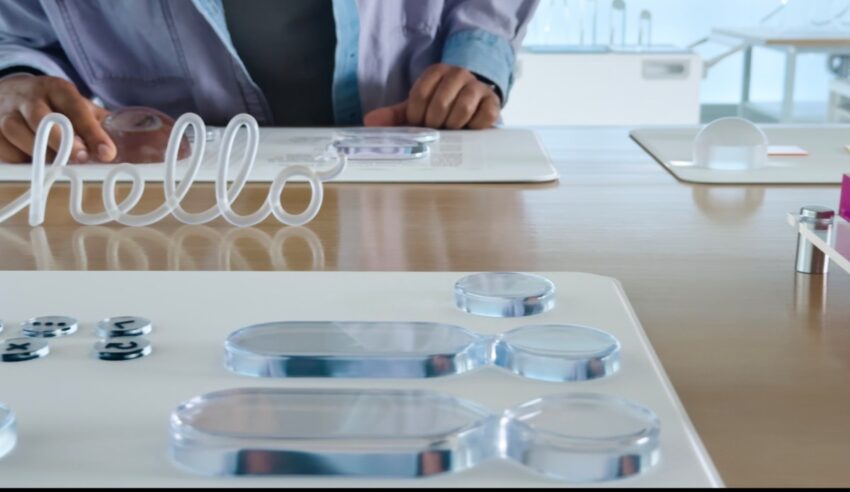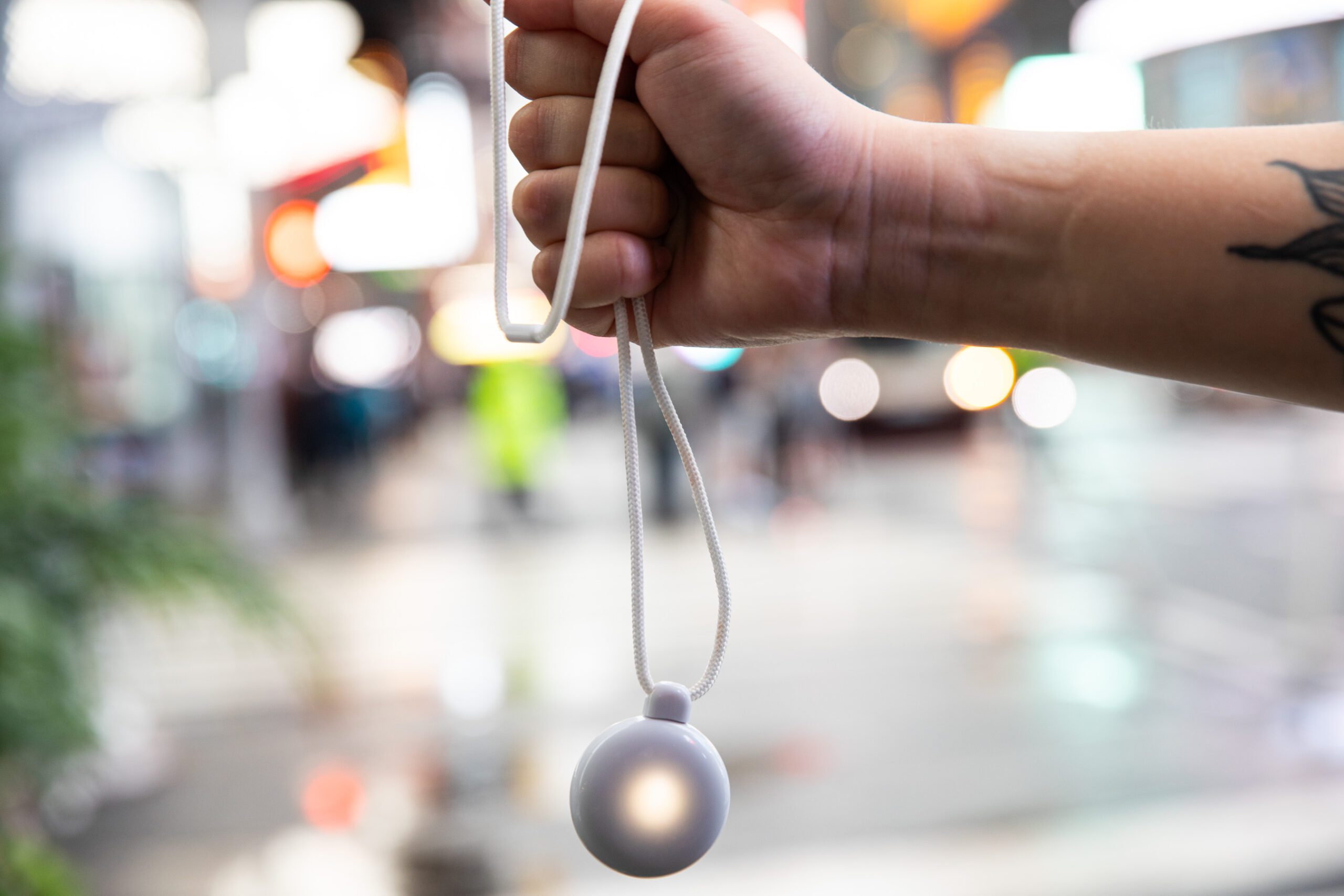
apple will let users roll back the Apple is introducing a new feature that allows users to customize the appearance of its Liquid Glass design, responding to feedback regarding readability issues.
apple will let users roll back the
Background on Liquid Glass Design
Apple’s Liquid Glass design was first unveiled as part of its ongoing efforts to modernize the user interface across its devices. This design aimed to create a sleek, visually appealing aesthetic that mimics the look of glass, giving the interface a sense of depth and fluidity. However, while the design was praised for its innovative appearance, it also drew criticism from users who found certain elements difficult to read against the translucent backdrop.
The Liquid Glass design was introduced with the launch of iOS 26, which showcased a range of new features and enhancements. The intention behind this design was to provide a more immersive experience, allowing users to feel more connected to the digital environment. However, as users began to interact with the new interface, many expressed concerns about the legibility of text and icons, particularly in certain lighting conditions.
User Feedback and Concerns
As with any major design overhaul, user feedback plays a crucial role in shaping the final product. In the case of the Liquid Glass design, many users reported that the transparency of certain interface elements made it challenging to read text, especially in bright environments or when using the device outdoors. Complaints ranged from difficulty in reading notifications to challenges in navigating menus where the background could obscure important information.
Apple has a long history of prioritizing user experience, and the company actively monitors feedback from its customer base. The response to the Liquid Glass design was no exception. Users took to forums, social media, and Apple’s official feedback channels to voice their concerns, prompting the company to consider adjustments to the interface.
The New Tinted Option
In response to the feedback, Apple has introduced a new setting in iOS 26.1 beta 4 that allows users to choose between Clear and Tinted appearances for the Liquid Glass interface. This new feature aims to enhance readability by providing users with more control over the opacity of interface elements. The Tinted option adds a subtle color overlay to the transparent elements, making text and icons stand out more clearly against the background.
The introduction of the Tinted option is a significant step for Apple, as it demonstrates the company’s commitment to listening to its users and adapting its designs accordingly. By allowing users to customize their experience, Apple is not only addressing specific complaints but also empowering users to tailor their devices to their preferences.
How to Access the New Feature
For users eager to try out the new Tinted option, accessing this feature is straightforward. After updating to iOS 26.1 beta 4, users can navigate to the Settings app, where they will find the new appearance settings under the Display & Brightness section. From there, users can toggle between the Clear and Tinted options, allowing for immediate visual feedback as they make their selection.
Implications for User Experience
The addition of the Tinted option has several implications for user experience. First and foremost, it addresses the critical issue of readability, which is essential for effective interaction with any digital device. By enhancing the contrast between text and background elements, Apple is likely to improve overall user satisfaction, particularly for those who rely on their devices for reading and communication.
Moreover, this feature aligns with broader trends in user interface design, where customization and personalization are increasingly valued. Users today expect to have control over their digital environments, and Apple’s decision to introduce the Tinted option reflects an understanding of this expectation. By providing users with the ability to tailor their experience, Apple not only enhances usability but also fosters a sense of ownership over the device.
Stakeholder Reactions
The response from stakeholders, including users, developers, and industry analysts, has been largely positive. Many users have expressed gratitude for Apple’s responsiveness to their feedback, viewing the Tinted option as a necessary improvement. Developers, too, have noted the importance of readability in app design, and the new feature could encourage them to create interfaces that are more accessible and user-friendly.
Industry analysts have also weighed in on the significance of this update. Some have pointed out that Apple’s willingness to adapt its designs based on user feedback is a hallmark of its brand identity. This responsiveness not only strengthens customer loyalty but also sets a precedent for other tech companies to prioritize user experience in their design processes.
Future Developments
As Apple continues to refine its Liquid Glass design and other interface elements, it is likely that further updates will be introduced based on ongoing user feedback. The Tinted option may be just the beginning of a series of enhancements aimed at improving usability and accessibility across Apple’s ecosystem. Future updates could include additional customization options, such as varying levels of opacity or different color schemes, allowing users to create a truly personalized experience.
Additionally, Apple may explore the integration of machine learning algorithms to automatically adjust interface elements based on environmental factors, such as lighting conditions. This could further enhance readability and usability, ensuring that users have a seamless experience regardless of their surroundings.
Conclusion
Apple’s introduction of the Tinted option for its Liquid Glass design marks a significant step in addressing user concerns about readability and interface usability. By allowing users to choose between Clear and Tinted appearances, Apple demonstrates its commitment to user feedback and its dedication to enhancing the overall user experience. As the company continues to innovate and adapt, it will be interesting to see how these changes influence the broader landscape of user interface design.
Source: Original report
Was this helpful?
Last Modified: October 21, 2025 at 3:38 am
2 views















